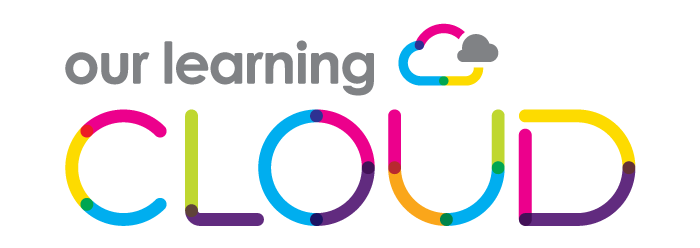The Department for Education (DfE) updated its digital and technology standards last month, adding content in three areas. We look at the DfE’s goals, how pragmatically academies can improve technology standards, the recent changes, and how academy trust leaders can prioritise what they need to do.
The Department for Education (DfE) first published its digital and technology standards for schools and colleges in March 2022. Since then, its added to the standards, with new content added to three sections during January this year.
Encouraging best practice
The standards aim to provide schools and colleges with clear guidance for the operation, management, and governance of information and communications technology.
This is a well-trodden path for Government. In the 1980s it set about standardising IT management practices across government functions, through its Information Technology Infrastructure Library (ITIL). ITIL has grown, and become such a by-word for best practice IT service management that its now widely used by big business.
While the DfE standards are much simpler than ITIL, and focus on the specific needs of education, many academy trusts won’t find them simple to adhere to.
Before we look at what’s new, here’s an overview of the standards. If you’re already familiar with them, please skip ahead to ‘What’s new?’.
What should you be doing?
DfE recommends the use of cloud technology, rather than locally hosted systems and there are strong reasons for doing so: cloud typically provides improvements in access, reliability, security, and manageability.
It also provides clear direction on data backup and security practices: covering perimeter protection (eg firewalls), monitoring, regular software updates, access management, authentication, anti-malware, staff education, web & email filtering, and more.
The standards also recognise the importance of good connectivity: with full fibre broadband, a Category 6A copper or fibre optic network, and high-performance wireless networking stipulated.
This is supported by requirements for effective service management, such as recording systems settings, maintaining up to date hardware and software registers, as well as measures for disaster recovery.
In honesty, a lot of this is part and parcel of a mature approach to IT service management. But while larger multi academy trusts are likely to have the resources to adhere to these standards, for others they may seem rather onerous.
What’s new?
The new content comes under the heading’s digital accessibility, digital leadership and governance, and laptop, desktop and tablet standards.
The latter provides some good practical advice, but it places the onus for compliance on the ‘senior leadership team (SLT)’.
The digital accessibility standard similarly places responsibility on the SLT and stipulates, what sounds like, quite time-consuming engagement with Special Education Needs and Disability leads, curriculum leads, admin staff, governors, IT support, and the wider community. In practice, if an academy trust is already using Microsoft 365, accessibility needs are well catered for: with reading focus, pronunciation tools, and the ability to vary the appearance of content to suit a variety of special needs, and much more.
The greater challenge is often one of training and awareness, so that staff have the knowledge to help pupils to benefit from these many accessibility aids. Our blog series ‘How Microsoft is helping Academies’ gives several good examples.
The digital leadership and governance standards contain a lot of sound instruction, but as with other sections these add to a workload that, for many, is already very high.
Getting it right
The standards provide the foundation for a highly performant ICT service. And for large multi academy trusts, with their own IT Director, they’re very achievable. But for others, they demand a lot of resources in relative terms. A good IT service provider will already have many of the required processes in use with other trusts. So, with the right partner it’s a case of simply discussing and ratifying proven processes, rather than creating them from scratch.
The standards have now been added to four times in less than two years, so its foreseeable that they’ll be ongoing developments. My concern is that many small and medium sized trusts will be deterred from trying to meet the standards – perceiving them as an increase in overheads at a time of stretched budgets.
But by tapping into existing expertise, it is possible to improve academies’ digital and technology standards and often to release cost savings as part of the process. A phased approach can help balance cost and budget and ensure that high impact improvements are achieved early on.
If you’re finding the delivery of a performant and compliant ICT service challenging, please get in touch I’d be happy to share how other academy trusts have addressed the sort of problems you may be facing.

